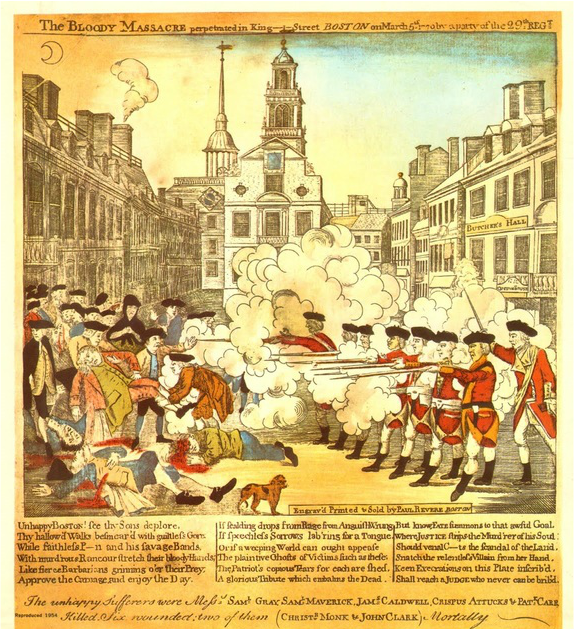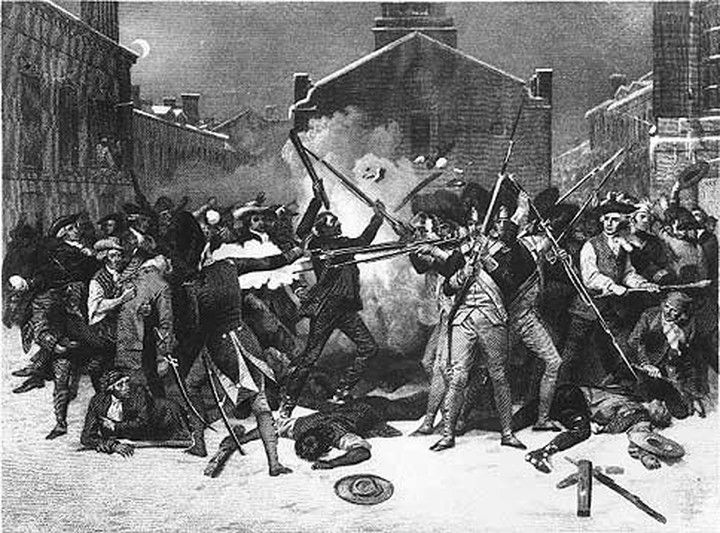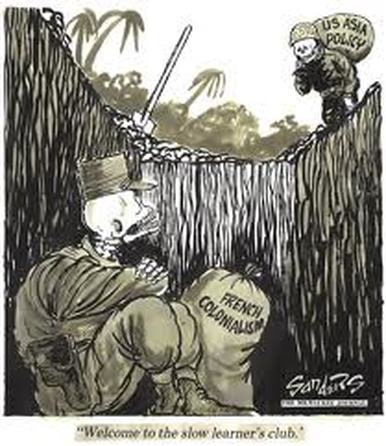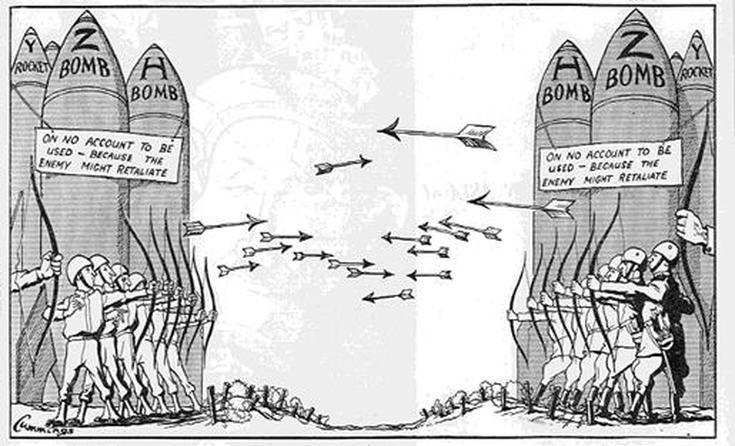|
To Start:
We’re going to be watching an excerpt from The Fog of War, to get a sense of the confusion surrounding the Gulf of Tonkin incident. In Class: First, I’ll return your Gulf of Tonkin packets and my feedback for your essay. This week you’ll have the opportunity to refine your essay and earn back any points you missed:
Then, we’ll have reading time. Read and respond to “How to Tell a True War Story” before class tomorrow. Finally, we’ll have a feedback circle to discuss how to finish this project strongly. Homework:
0 Comments
Engraving by Paul Revere from 1770 Engraving by Alonzo Chappel from 1850 To Start:
In Class: First, read over the list of historical thinking skills. Which of these skills did you use in our starter discussion today? Then, Ally's going to demonstrate how to use these historical thinking skills, using an article from the New York Times about the Gulf of Tonkin Resolution. Finally, we're going to be creating character sketches for one of the following characters:
Your character sketch must include the following:
At Home:
To Start:
On a piece of paper in the starters section of your binder, or your starter document, jot down:
In Class: First, we're going to learn about Vietnam before the war. If you are absent:
Then, we're going to examine the Vietnamese Declaration of Independence. Directions are here. Finally, we're going to have work time to:
For Homework:
To Start:
In Class: We're going to be developing the questions that we will ask our veterans. Here are:
After you've typed your section of your groups questions, print out two copies. Then, check out a copy of The Things They Carried and begin reading the eponymous first short story. Finally, we'll be completing two rounds of critique on your questions. Here are the directions. At Home:
To Start:
On a piece of paper in the starters section of your binder jot down:
In Class:
For Homework:
|




 RSS Feed
RSS Feed
